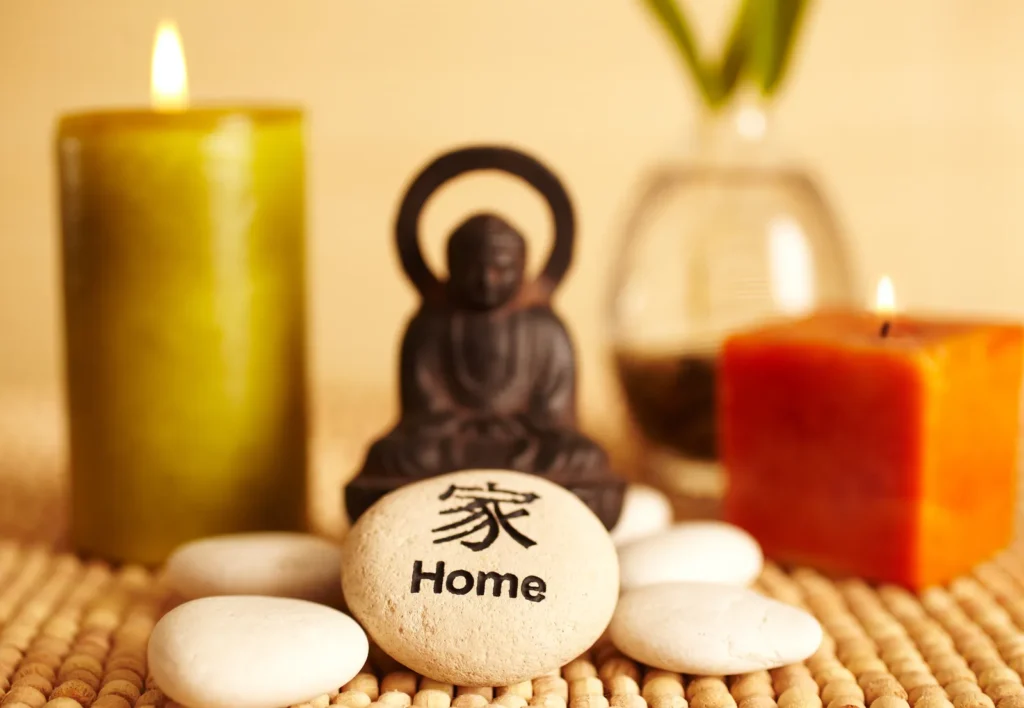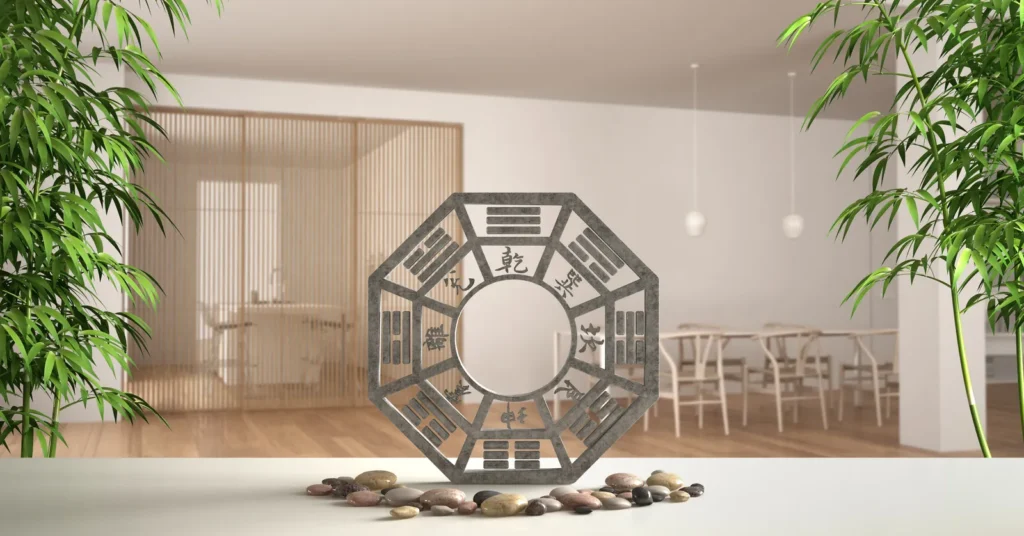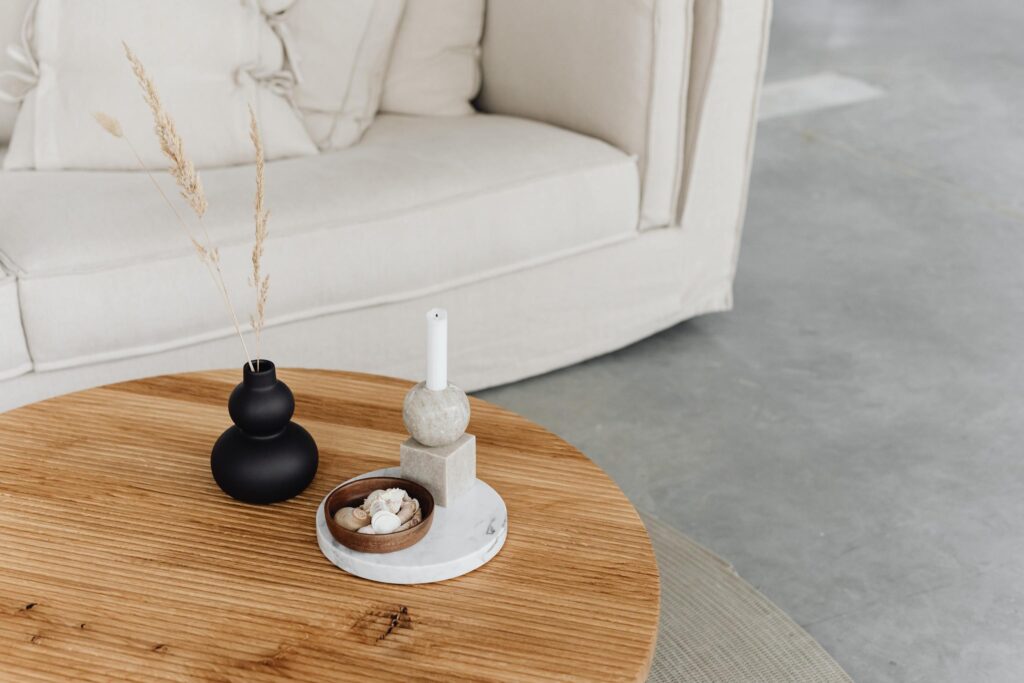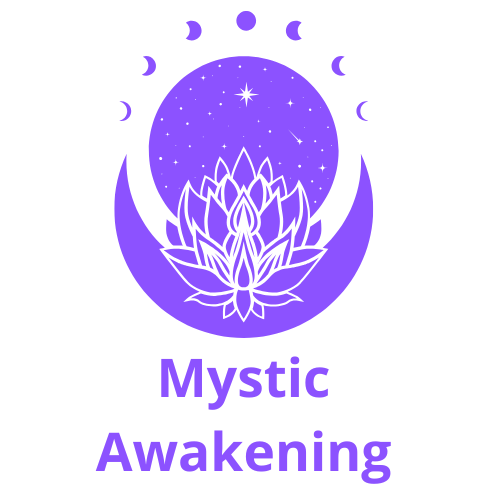
5 Essential Feng Shui Tips for a Harmonious Home

In today's fast-paced world, many search for solace and balance amid overwhelming chaos. Our living spaces can become cluttered with both physical and mental distractions, clouding our ability to feel truly at peace. Feng Shui offers a time-tested solution, blending ancient wisdom with practical tips to transform your home into a sanctuary that promotes clear thinking, emotional tranquility, and vibrant energy. In this article, we explore essential Feng Shui techniques that are both modern and deeply rooted in traditional holistic living, ensuring your space resonates with positive energy and balance.
Understanding the Essence of Feng Shui
Feng Shui is much more than an interior design trend; it is an ancient Chinese art focused on balancing energies within a space. This holistic approach builds on the idea that our surroundings deeply influence our emotions, behavior, and overall health. By seeing your home as a living entity, where every object and placement contributes to energy flow, you can harness the core principle of Feng Shui—optimizing qi (vital energy) to create harmony between you and your environment.
Over centuries, practitioners have refined a comprehensive system based on natural laws and the interaction of elements. The philosophy of Feng Shui encourages an intuitive understanding of space that aligns with the cosmic order. The best part is that these principles don’t require extravagant resources or major renovations; sometimes, simple adjustments like repositioning a mirror, rearranging furniture, or choosing complementary colors can remarkably transform your space.
Modern interpretations of Feng Shui blend traditional knowledge with contemporary insights. Environmental psychology studies support the idea that balanced, mindful environments boost productivity and inner peace. For anyone ready to enhance daily life, embracing Feng Shui principles might be the key to creating a space that nurtures both your mental and emotional well-being.
Decluttering: Creating Space for Positive Energy
In Feng Shui, clutter represents stagnant energy that not only affects your space but also mirrors inner disarray. Decluttering is one of the most powerful strategies to clear physical and mental blockages, allowing a free flow of positive energy. By eliminating unnecessary items, you create an open environment where qi can circulate without hindrance, setting the stage for renewed vitality.

Start your decluttering journey by carefully evaluating each room. Identify items that contribute to a peaceful atmosphere and set aside those that disrupt the natural flow of energy. Keep in mind that the goal isn’t perfection, but rather cultivating a space that reflects simplicity and clarity. As you remove excess items, you may also be letting go of emotional burdens, paving the way for personal growth and transformation.
Additionally, organizing essential items into designated storage areas can enhance your home’s clarity. Opt for storage solutions that merge aesthetic appeal with functionality, and infuse gratitude into the process. Honor each item's role in your past before releasing it, turning decluttering into a ritual that cleanses both your space and your energy.
Practical Decluttering Techniques
Sort your belongings into categories such as keep, donate, or discard. This systematic process helps manage your items without feeling overwhelmed.
Consider the 'one in, one out' method to ensure that your environment remains manageable and filled only with things that truly matter.
Mindful Practices During Decluttering
Incorporate meditation or deep breathing exercises as you sort through items. This practice maintains a calm state of mind and aligns your actions with the intention of releasing negative energy.
Play soft, harmonious music to create a reflective and peaceful atmosphere during your decluttering sessions.
Color and Material: Enhancing Energy Flow
The colors and materials in your home greatly influence the flow of energy. In Feng Shui, every hue and texture interacts with the energy fields around us, impacting our emotions and well-being. Warm tones such as reds and oranges can stimulate energy and creativity, while cool shades like blues and greens offer a calming effect. Selecting the right palette for each room is key to fostering a harmonious environment.
Materials also play a crucial role. Natural fabrics, wood, stone, and other organic elements help foster a tangible connection with nature. Using natural elements symbolically embraces Earth's order and invites a sense of relaxation and rejuvenation. In contrast, synthetic materials may interrupt the natural flow of qi. Therefore, many Feng Shui experts recommend choosing natural alternatives whenever possible.
Lighting and shadow interplay further enhance the beauty and energy of your space. Adequate lighting can highlight colors and textures, thus emphasizing the positive aspects of your décor. By thoughtfully selecting every component—from the fabric of your sofa to the pattern on your pillow—you create a balanced relationship between aesthetics and energetic benefits.

The Role of the Five Elements in Your Home
A cornerstone of Feng Shui is the concept of the five elements: wood, fire, earth, metal, and water. Each element represents a unique aspect of nature and exudes specific energetic qualities that help balance your home’s overall atmosphere. When these elements are appropriately integrated, they facilitate a free flow of qi and mitigate energy stagnation. For instance, a small indoor fountain introduces calming water energy, while wooden accents promote growth and vitality.
Balancing these five elements goes beyond simply adding symbolic objects. It requires understanding how the elements interact within different spaces. Practical adjustments, such as arranging furniture or decorative items to evoke both contrast and harmony, can make a significant difference. Balancing the five elements turns your home into an energetic blueprint that supports creativity, restoration, and overall well-being.
Integrating these elements into your home is a transformative endeavor. As you combine different components, every element must harmonize with the others. For example, an overflow of water without enough earth to contain it may create imbalance. Each chosen item—from a bamboo plant to a metallic sculpture—should serve both aesthetic and energetic purposes.
Implementing Wood and Fire
Incorporate wood elements like plants or wooden furniture to encourage growth and vitality, while fire elements such as lighting or candles stimulate passion and creativity. Together, they dynamically energize your surroundings.
Place these elements in frequently used areas to boost energy and create an inviting ambiance.
Integrating Earth, Metal, and Water
Use earth components like ceramics and bricks to promote stability, while metal items in frames and decorative pieces bring clarity and order. Water elements, such as indoor fountains or mirrors, invite calm and soothing energy.

Make sure these elements are balanced in proportion, ensuring no single aspect overwhelms your space.
Maintaining Long-Term Balance and Harmony
After applying the key principles of Feng Shui, the next step is to sustain an environment that continuously nurtures your energy. Achieving long-term harmony requires regular reflection and small adjustments that accommodate both seasonal changes and daily life. Maintaining a vibrant flow of qi might involve periodic rearrangements, routine cleaning, or seasonal updates to your décor.
Stay mindful of how you interact with your space each day. Integrate practices such as meditation, mindful breathing, or yoga to reinforce the positive energy you’ve cultivated. Regular evaluations of your living environment can help identify areas that need attention, ensuring that your space stays aligned with your long-term goals for well-being and serenity.
In addition, invite feedback from family members or consult a Feng Shui expert if you sense energy stagnation. By blending traditional Feng Shui wisdom with modern lifestyle practices, your home can remain responsive to both personal and environmental changes. Remember, cultivating harmony is a continuous journey that honors ancient insights while adapting to today’s dynamic world.
Routine Practices for Sustaining Energy
Establish daily rituals for tidying, organizing, and light cleaning to keep your space inviting. Revisit your Feng Shui principles regularly to identify minor tweaks before they escalate into larger issues.
Use seasonal changes as an opportunity to refresh your décor and energy, ensuring that your home remains dynamic and well-balanced.

Integrating Modern Lifestyle with Ancient Wisdom
Combine mindful practices such as meditation or yoga with traditional Feng Shui tips. This integrated approach supports a balanced energy flow both physically and emotionally.
Leverage modern tools and apps to schedule regular decluttering sessions and energy assessments, making it easier to maintain long-term harmony.
In conclusion, incorporating Feng Shui into your home goes beyond rearranging furniture or changing colors—it is a mindful journey toward creating an environment that nurtures your overall well-being. By understanding the core principles, eliminating clutter, selecting appropriate hues and natural materials, balancing the five fundamental elements, and adopting consistent practices for long-term harmony, you set the stage for a home filled with vibrant, positive energy. Remember, Feng Shui is about aligning your living space with the natural rhythms of the universe while reflecting your inner balance. Embrace these timeless strategies and transform your home into a true haven of peace and prosperity.



Deja una respuesta